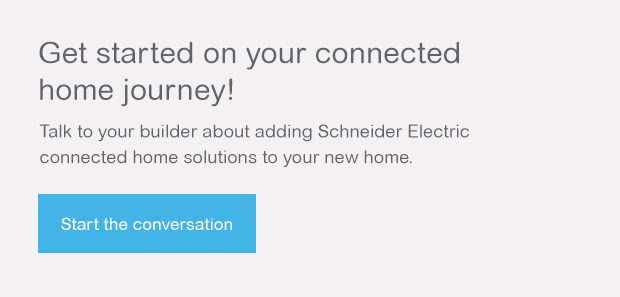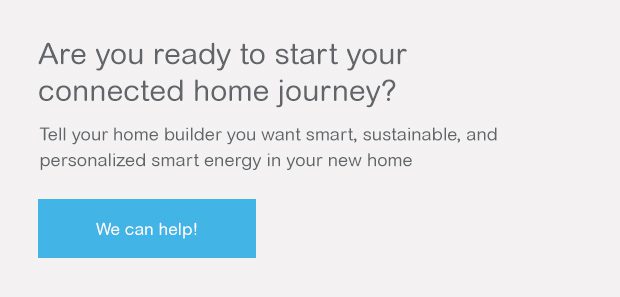If you’re considering buying a house in California, you may already know that the median price for a new home in the Golden State recently rose to more than $800,000, an increase of over 34 percent compared to 2020. What’s more, Californians recently paid some of the highest electric rates in the U.S. This was due to a combination of factors, including wildfires as well as more residents staying home and using more energy during the recent pandemic.
With these statistics, it may seem that there is no way to maximize your dollars in the California real estate market. But, opportunities exist, if you know where to look for them. Consider electric vehicles: spending a little more on the front end saves on ever-rising gas prices over the lifetime of the car. In the same way, given that energy rates will likely continue to rise, making a slightly higher investment in an energy-efficient house on the front end will lead to greater savings in the long term.
This blog post will share often-overlooked energy criteria you should consider when buying a house in California, as well as new technologies that are transforming how California homes use energy for the better.

Energy criteria #1 for buying a house in California: Expand efficiency
From 2011 – 2017, California’s energy prices increased five times more than the rest of the U.S. In 2020, prices rose by 7.5 percent for California residents, making the increase the highest of any other state in the country. And, according to trends with PG&E (the power utility in Northern California) and SCE (the power utility in much of Southern California), there’s no indication that the increases will slow down. This means that the only way to reduce or, at least, control your electricity bill, is to use less power.
One way to lower electric bills is to look for energy wasters in your home. Do you have inefficient appliances? Did you leave the oven on or a fan plugged in? Did your pool pump fail in the “on” position? How much does it cost you to charge your new electric vehicle? Or, is someone in your house simply forgetting to turn off the lights?
These forgotten plugged-in devices, also called “energy vampires” or “phantom loads,” can dramatically increase your home’s overall energy consumption and increase your monthly electric bills by as much as $100 a year. Reducing this waste begins with being more mindful of your electrical appliances, plugged-in devices, and light switches at any given time. Look at all the items plugged in your home for opportunities to reduce your energy consumption. Then take quick steps to correct the issue.
Energy criteria #2 for buying a house in California: Build in reliable power
Given the recent unreliability of the Golden State grid, how can you keep your electric bill consistently manageable? When buying a new house or construction in California, the best strategy is to make sure you have electric backup-ready strategies – like a battery charged by your solar panels or a generator. This way you won’t find yourself without power if the grid goes down, and you’re less likely to see dramatic fluctuations in your energy bill.
Adding backup power like a battery is more common in California because of 2018 legislation that went into effect on January 1, 2020, requiring solar panels on all new structures, including single-family homes. But having solar panels alone won’t provide you with backup power when a brown- or blackout occurs. To enjoy backup power with your solar system, your new home needs a battery that is charged by the solar panels. Or a portable generator.
However, not all electrical panels used in new home construction in California can easily accommodate solar panels, plus a battery or generator, without additional
components that add cost and time to the construction process. So when buying a new home in California, look for a smart electrical panel that is designed for solar and backup power so you can enjoy more reliable electricity.
To this end, Schneider Electric™ has created the Square D™ Energy Center. The Energy Center is a smart electrical panel designed to simplify solar integration and add backup power sources like a battery or generator — without the cost of additional components that traditional panels require — to provide reliable backup power to your home.

Energy criteria #3 for buying a house in California: Smart monitoring options
To reduce your energy costs and to ensure you have electricity when you need it, your newly constructed home also needs to be a conscious home that lets you know where and when — in real-time — your energy is being consumed.
The U.S. Department of Energy advises creating a “whole house plan” to determine where and when your home is losing energy so you can take steps to plug those holes and conserve electricity. This plan includes asking yourself questions such as:
- How much money do I spend each month on energy?
- Where are my biggest energy losses?
- How long do I plan to own my current home?
- How long will it take for my investment in energy efficiency to pay for itself in energy cost savings?
The Energy Center smart panel comes equipped with the Wiser Energy™ monitor. This home energy monitoring system uses machine learning to learn where and when your home uses electricity and then provides you this information in easy-to-understand visualizations via the Square D version of the Sense mobile app. You can then use this information to take action to reduce energy usage and make your home more sustainable.
The Wiser Energy monitor system puts you, the homeowner, in control of your energy usage, enabling you to set goals, turn lights and appliances off with the tap of a button, and switch between grid and solar power for optimal energy usage. All from your mobile phone.

Personalize your California home for long-term savings and sustainability
One of the first things you do after buying a new house is setting about making it yours. If your new home is built with Schneider’s connected home solutions, you can program predefined lighting scenes for movie nights and romantic dinners. You can also automate schedules to turn lights and plugs on and off when you are away from home.

In addition, the Square D connected smart lighting and plugs are compatible with voice-activated home assistants, including Alexa and Google Home™ — letting you turn on lights and appliances connected to smart plugs with simple verbal commands.
Buying a house in California can raise your quality of life
A home in California can be challenging from an energy cost perspective. But it doesn’t have to be. Adding Schneider-connected home solutions can help mitigate the risks of high electricity costs and unreliable grid energy, as well as help you live more sustainably and improve your quality of life — making buying a home in California a much less daunting proposition.
Going forward, connected home features will become more important for homeowners in California — and the rest of the country — as energy consumption, regulations, and technologies continue to evolve.

Ask your realtor or home builder if a home you are considering includes Schneider Electric’s connected home solutions, or click here and we can help you send an email to your builder, starting the process of transforming your new home into a Schneider Electric connected home.




